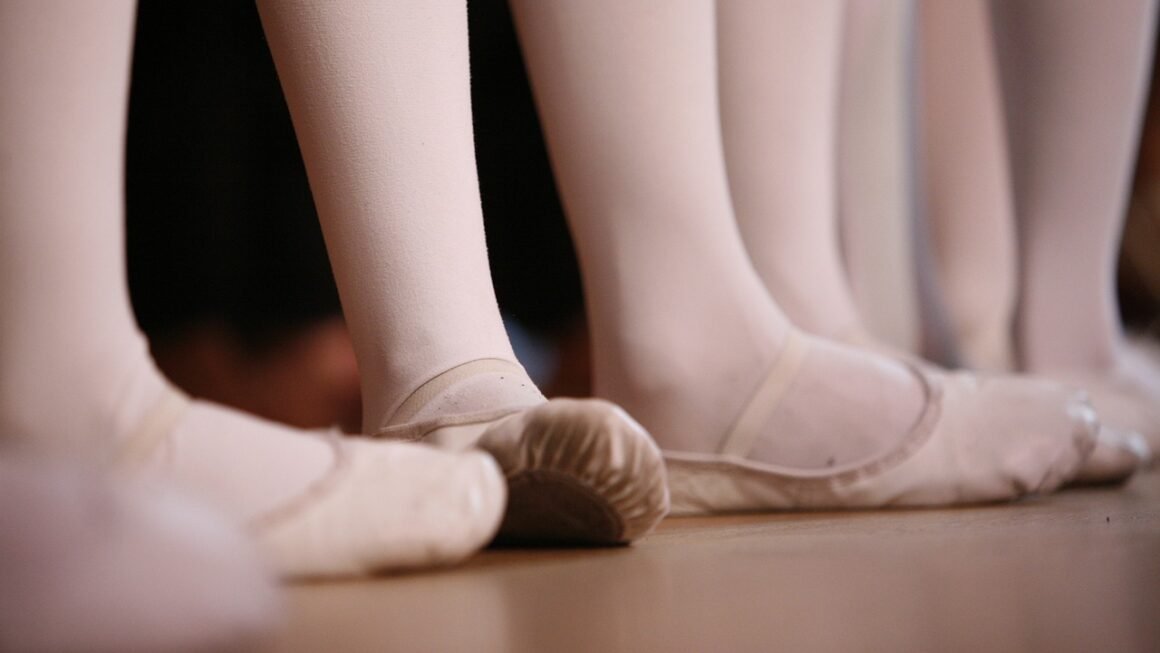Golf, a sport often associated with leisurely afternoons and manicured greens, is far more complex and rewarding than it appears. Whether you’re a seasoned pro or just considering picking up a club for the first time, understanding the nuances of the game can significantly enhance your experience. From the mental fortitude required to the physical precision needed, golf offers a unique challenge that keeps players coming back for more. This guide will delve into the fundamentals of golf, exploring its history, techniques, etiquette, and the benefits it offers, helping you navigate the fairway with confidence.
The History and Evolution of Golf
Early Beginnings
Golf’s origins can be traced back to 15th-century Scotland, although similar stick-and-ball games existed earlier. The game as we know it started taking shape in the links courses along the Scottish coastline.
- 1457: King James II of Scotland banned golf to encourage archery practice for military purposes.
- 1744: The Honourable Company of Edinburgh Golfers established the first written rules of golf.
- 1764: The Old Course at St Andrews was reduced from 22 holes to 18, setting the standard for modern golf courses.
The Rise of Modern Golf
The 19th and 20th centuries saw golf’s popularity spread globally, with the establishment of clubs and tournaments worldwide.
- Late 19th Century: Gutty balls (made from gutta-percha) replaced featherie balls, revolutionizing the game by offering greater durability and distance.
- 1860: The Open Championship, the oldest of the four major championships, was first held.
- Early 20th Century: The introduction of steel shafts and, later, graphite shafts further advanced golf technology.
Mastering the Fundamentals
The Golf Swing
The golf swing is a complex motion, but breaking it down into components can make it more manageable.
- Grip: A proper grip is fundamental. Overlapping (Vardon), interlocking, and 10-finger grips are common. Experiment to find what feels most natural and allows for control. For example, the Vardon grip, popular amongst many pros, involves the pinky finger of the dominant hand overlapping the index finger of the other hand.
- Stance: Your stance should be athletic and balanced, with your feet shoulder-width apart and knees slightly bent. The ball position will vary based on the club you’re using. A good starting point is positioning the ball slightly forward of center for mid-irons.
- Backswing: Rotate your shoulders and hips to coil your body, storing energy for the downswing. Keep your wrists hinged and your club on plane.
- Downswing: Initiate the downswing with your lower body, transferring your weight forward. Maintain lag (the angle between your wrist and the club shaft) for as long as possible to maximize power.
- Impact: At impact, your hands should be slightly ahead of the ball, promoting a downward strike.
- Follow-through: Finish your swing with a full rotation, your chest facing the target.
Different Types of Golf Clubs
Understanding the purpose of each club is crucial for strategic play.
- Drivers: Used for maximum distance off the tee. Typically, drivers have large clubheads and are designed for hitting the ball on the upswing.
- Fairway Woods: Versatile clubs used for long shots from the fairway or tee. They offer more forgiveness than long irons.
- Irons: Used for approach shots and shots requiring accuracy and control. Irons come in varying lofts (angles on the clubface) to achieve different distances and trajectories.
- Wedges: Specialized clubs used for short game shots around the green, such as pitching, chipping, and sand shots. Common wedges include pitching wedges, sand wedges, and lob wedges.
- Putters: Used for rolling the ball into the hole on the green. Putters come in various shapes and sizes, each designed to suit different putting styles.
Short Game Techniques
The short game—putting, chipping, and pitching—is where many rounds are won or lost.
- Putting: Practice your putting stroke regularly, focusing on consistency and distance control. A useful drill is to place three balls at varying distances (e.g., 3, 6, and 9 feet) and try to hole them all in a row.
- Chipping: Use a low-loft club (like an 8-iron or 9-iron) and a putting-like stroke to chip the ball onto the green with minimal air time.
- Pitching: Use a higher-loft club (like a pitching wedge or sand wedge) and a longer swing to pitch the ball higher into the air, allowing it to land softly on the green.
Golf Course Etiquette and Rules
Essential Etiquette
Golf etiquette is just as important as the rules of the game, ensuring a pleasant experience for all players.
- Be mindful of other players: Avoid talking or moving during another player’s swing.
- Repair divots: Replace divots (pieces of turf removed during a swing) to help maintain the course.
- Rake bunkers: Smooth out sand bunkers after you’ve played from them.
- Repair ball marks: Fix any indentations your ball makes on the green.
- Allow faster players to play through: If your group is playing slowly, allow faster groups to pass you.
- Respect the course: Avoid damaging the course with your golf cart or clubs.
Understanding Basic Rules
A basic understanding of the rules of golf can help you avoid penalties and play the game correctly.
- Out of bounds (OB): If your ball lands outside the designated boundary lines, you incur a one-stroke penalty and must replay the shot from where you previously hit it.
- Water hazards: If your ball lands in a water hazard, you have several options, including playing the ball as it lies (if possible), taking a penalty stroke and dropping the ball behind the hazard, or taking a penalty stroke and dropping the ball on the opposite side of the hazard, keeping the hazard between you and the hole.
- Lost ball: If you cannot find your ball within three minutes of searching, it is considered lost. You incur a one-stroke penalty and must replay the shot from where you previously hit it.
- Unplayable lie: If your ball is in a position where you cannot make a reasonable swing, you can declare an unplayable lie and take a penalty stroke. Options include dropping the ball within two club-lengths, dropping the ball behind the point of unplayable lie, or dropping the ball on the line between the ball and the hole, keeping that point between you and the hole.
The Benefits of Playing Golf
Physical Health
Golf offers several physical health benefits, making it a great way to stay active.
- Walking: Walking the course provides low-impact exercise, improving cardiovascular health. Studies show that walking 18 holes can burn between 1,000 and 1,500 calories.
- Muscle Strength: Swinging the club engages core muscles, arms, and legs, improving overall strength and flexibility.
- Balance and Coordination: Golf requires precise movements, enhancing balance and coordination over time.
Mental Well-being
The mental aspect of golf is just as important as the physical.
- Stress Relief: Spending time outdoors and focusing on the game can reduce stress and improve mental clarity.
- Focus and Concentration: Golf requires intense concentration, helping to improve focus and attention span.
- Mental Discipline: Overcoming challenges on the course builds mental resilience and discipline.
Social Opportunities
Golf is a social sport that provides opportunities for networking and building relationships.
- Networking: Golf is a popular activity for business professionals, offering a relaxed environment to network and build connections.
- Friendships: Joining a golf club or playing regularly with friends can foster strong social bonds.
- Teamwork: Participating in team golf events can promote teamwork and camaraderie.
Conclusion
Golf is more than just a game; it’s a blend of physical activity, mental challenge, and social interaction. By understanding the history, mastering the fundamentals, adhering to etiquette, and recognizing the benefits, you can elevate your golf experience and enjoy the game to its fullest. Whether you’re aiming to break 80 or simply enjoy a leisurely round with friends, the rewards of golf are immeasurable. So, grab your clubs, head to the course, and experience the unique joys that golf has to offer.



